The process of growing grapes requires time and lots of patience. So if you are really determined to grow your own grapes at home, then you might want to put your focus and full attention into it, so that you will be able to reap a good harvest for you and your family to enjoy.
Ideally, grapes can be grown starting from a graft or cut-outs from existing grape vines. However, this might not be possible at times, because you might not have a good source of it. Grape seeds are always available; it is harder to grow, but the being able to grow them will surely give you a lot of reasons to be proud of yourself.
So here are the steps to grow grapes:
Choosing Your Grapes
In case you do not know, there are thousands of different varieties of grapes. Some are good for eating, some are great for making jam, while some are just good for decorative pieces in your garden. That being said, you should choose the type of grape variety that will meet your demands after harvest. Climate is also another factor that you have to consider if you want to grow grapes. Choose the type of grapes that will grow on the kind of climate that you have.
Once you were able to determine the type of grapes that you want, buy them from garden supply stores or online retailers of seeds.
Preparing The Seeds
Once you are able to get the seeds, make sure that the seeds you will be planting are of the best and healthiest. Discard the ones that are not. Place them in water. Everything that sinks under are healthy. The one the floats, are not. Remove them.
Soak the seeds for at least 24 hours in distilled water. After soaking, prepare a medium where they can start to germinate. Moistened paper towels will do. Since grapes love the cold climate, you might want to keep them inside the refrigerator during the initial germination process.
After refrigerating, you will now have to plant the seeds. One for each small pot. While in the pot, you have to maintain at least 70 degrees F. If you are not quite sure about managing temperature manually, you can use greenhouse warming mats.
Watering grapes should include misting or spraying only. Never pour water, or your grape seeds will not grow. Grape sprouts should start to show in about 2 to 8 weeks after planting them in pots.
When your sprouts have reached at least 3 inches, it is now time to transfer them in the ground, to allow them to grow further. Make sure that your grapes will have something to cling on, since their vines will start crawling. You can make trellises around each plant. By the way, when planting your grapes outside, you have to make sure that your soil is well draining.
Harvest time is easy to tell. This is when your grapes are already fully grown in size, and the color has already changed.
Image courtesy of Otto Phokus/flickr
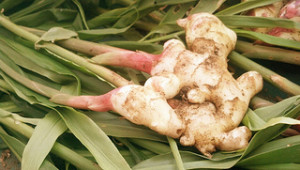 in a mixture of peat as well as perlite. When the ginger has already developed roots to as much as 3 inches long, they will now be transferred into a different bed, where water is treated with Chem Gro 8-15-36 along with magnesium sulfate and calcium nitrate. The process starts in May, and harvest time will begin sometime in October.
in a mixture of peat as well as perlite. When the ginger has already developed roots to as much as 3 inches long, they will now be transferred into a different bed, where water is treated with Chem Gro 8-15-36 along with magnesium sulfate and calcium nitrate. The process starts in May, and harvest time will begin sometime in October.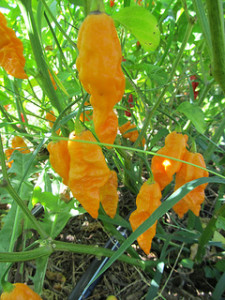 so that you will always have a fresh stock of it, in case you want to fire up a dish with its spiciness and impress your guests.
so that you will always have a fresh stock of it, in case you want to fire up a dish with its spiciness and impress your guests. with this particular vegetable. It requires less knowledge in gardening, and maintaining eggplants is also never a challenge.
with this particular vegetable. It requires less knowledge in gardening, and maintaining eggplants is also never a challenge.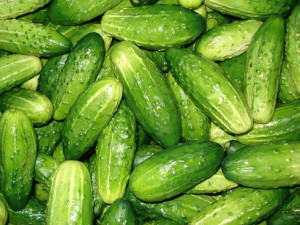 have this intense bitter flavor, which is very hard to determine without cutting and tasting it. So to make sure that your cucumber will taste refreshingly sweet, you have to make sure that they are properly nourished while they are growing.
have this intense bitter flavor, which is very hard to determine without cutting and tasting it. So to make sure that your cucumber will taste refreshingly sweet, you have to make sure that they are properly nourished while they are growing.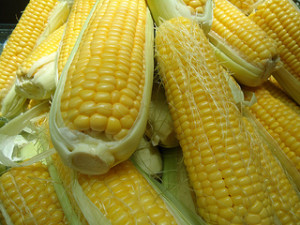 vitamins, minerals, and fiber that is good for our body and health.
vitamins, minerals, and fiber that is good for our body and health.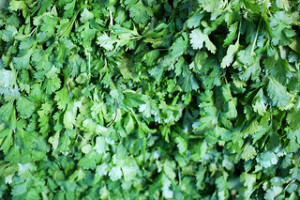 in a pot will be the best way to go, if you want to ensure freshness and flavor in every dish that you will be using it with.
in a pot will be the best way to go, if you want to ensure freshness and flavor in every dish that you will be using it with. at home, you can already use that to plant carrots.
at home, you can already use that to plant carrots.